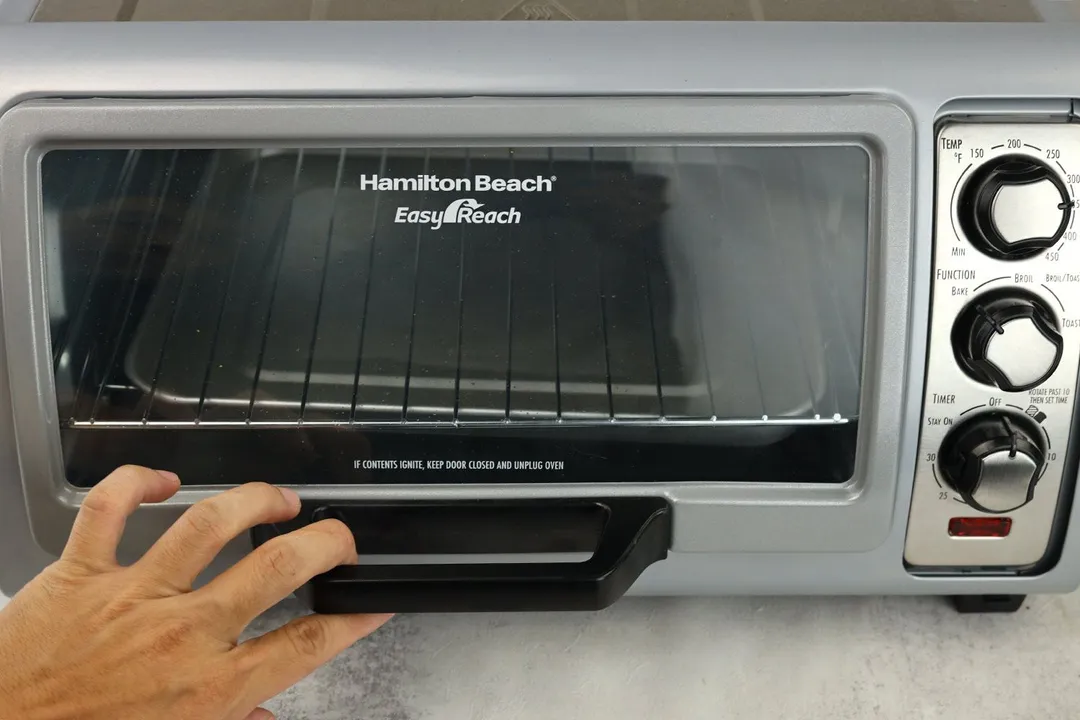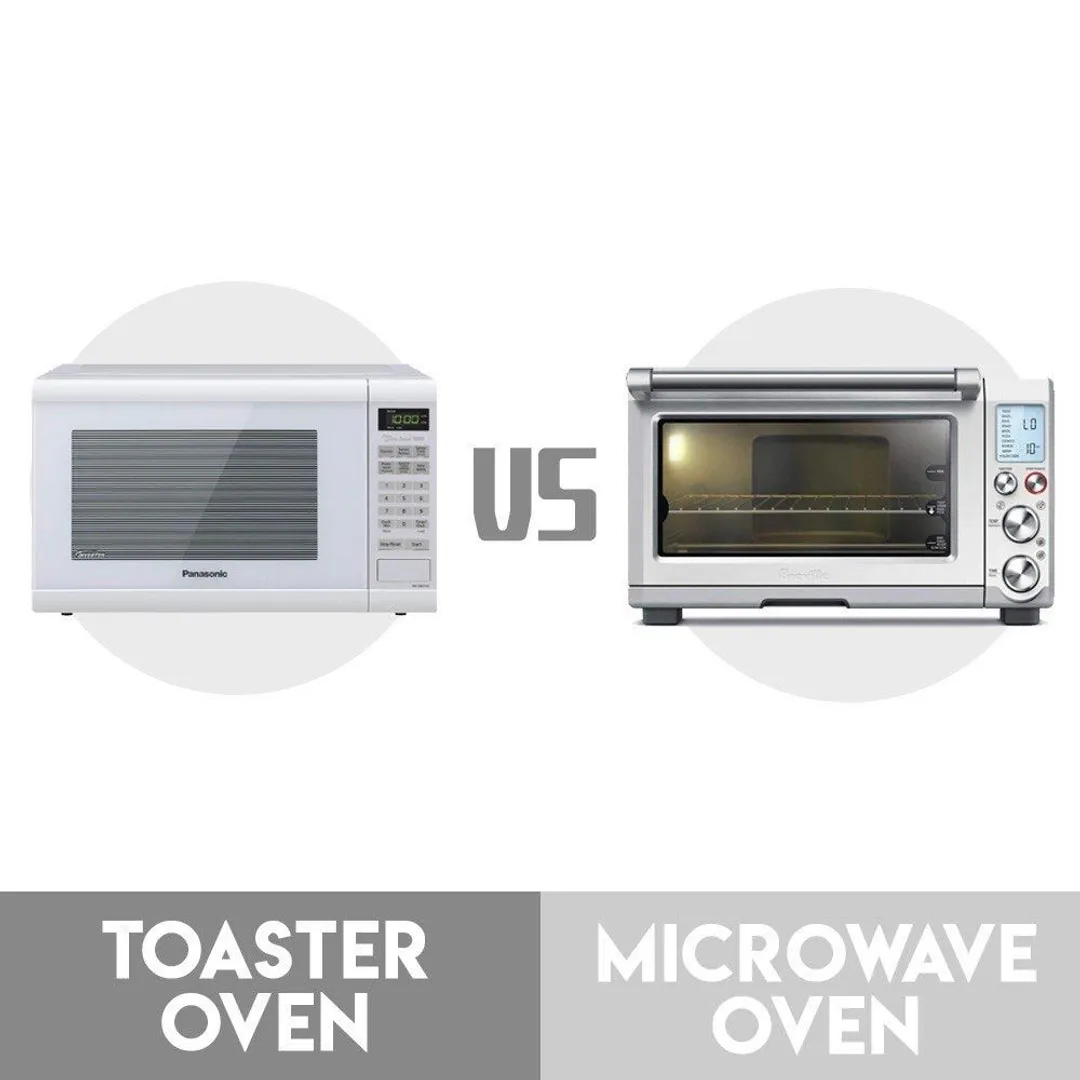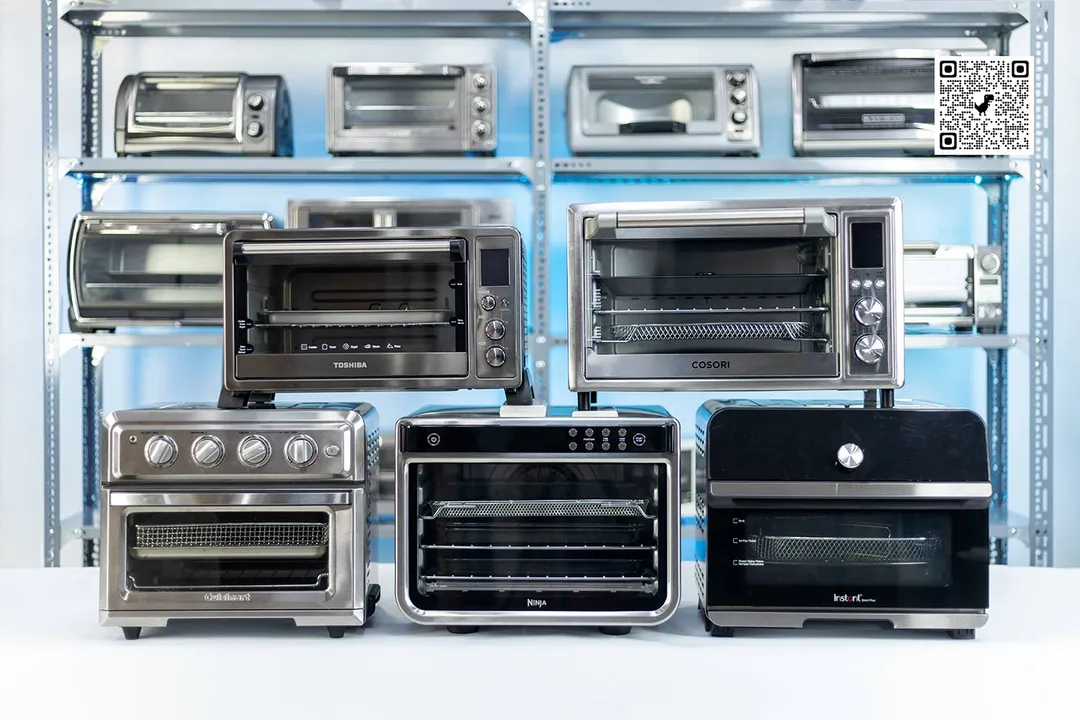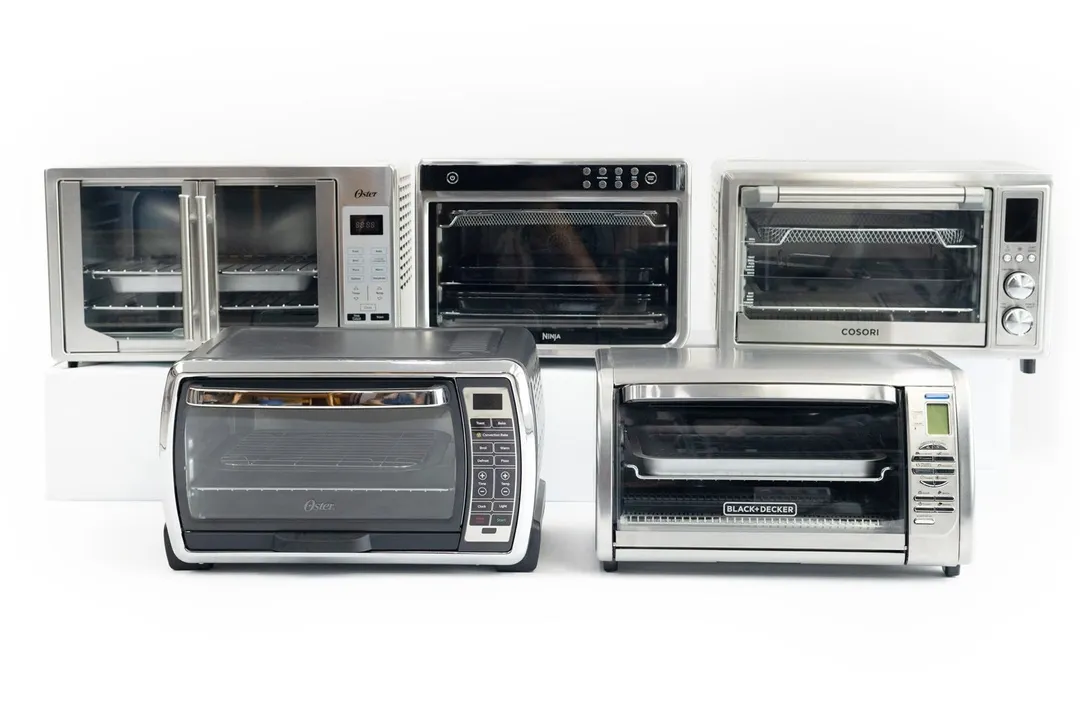Our recommendations are made independently through Research & Testing. We may receive commissions from purchases made via our links.
Things to Keep in Mind When Buying a Toaster Oven
Toaster oven buying guide. Check out the desirable features concerning performance, design, and usability to pick out the best toaster ovens.
Just as with any kitchen appliance, the first thing to consider when buying a toaster oven is the price. However, we can all agree that affordability means very little if the toaster oven itself doesn’t perform well.
Thus, you need to inspect the value for money, which is where we come in with our guide. We’ve identified a number of desirable features concerning performance, design, and usability of a toaster oven to help you pick out the best choices.
1. Size and Capacity
One structural feature that can make a big difference to the cooking quality of toaster ovens is a convection system. This is generally found in units that are medium-sized and larger, and with additional cost.
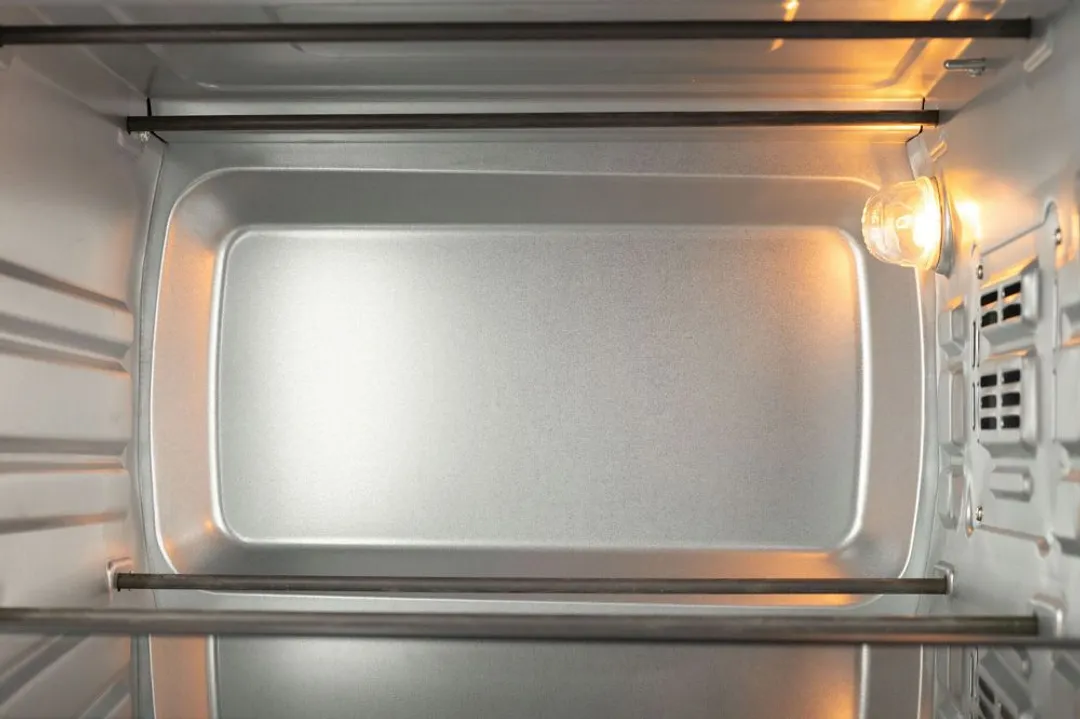
The first thing to look into when choosing your next toaster oven is its size and capacity. As mentioned above, toaster oven sizes are not yet standardized and the same goes for their capacity — the volume of their cooking chamber. The toaster oven’s size will not necessarily dictate its capacity.
Small toaster ovens can have a cooking chamber volume of 10-15 liters, medium is 15-20 liters, large is 20-30 liters, and extra large is 25 liters and upward to 55 liters. The number of servings that can be cooked simultaneously in the toaster oven also depends on the number of tray levels.
Some toaster ovens can have peculiar shapes to meet specific requirements. For example, while two toaster ovens can have the same volume, one can have more length and/or width but less height. Thus, they can fit larger baking pans but may not be tall enough for a 4 lb whole chicken.
All in all, it’s best to look into the toaster oven’s size and capacity before buying to make sure that it best suits your needs. To save you the trouble, our reviews state the measurements and suggest the number of servings the toaster oven can cook at a time.
2. Convection vs Conventional Toaster Ovens
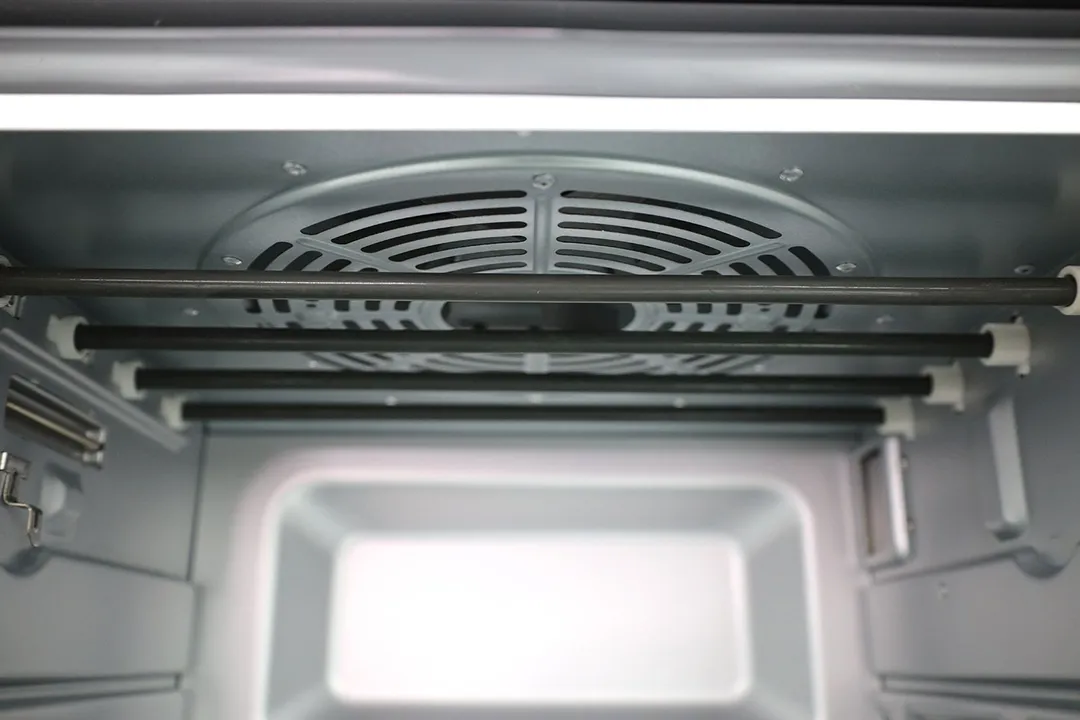
The Convection function has a fan and exhaust system to circulate hot air inside the cooking chamber, which makes for faster, more even cooking. This function is all the more useful when baking savory dishes but not so much with sweets due to it browning and drying out the surface more.
Conventional toaster ovens simply refer to units that don’t have a convection system.
3. Cooking Functions
Similar to full-sized ovens, toaster ovens’ primary cook modes include broiling and baking. However, what makes a toaster oven is its built-in toast function with a manufacturer-predetermined time and temperature. This is true whether the toaster oven has a digital display or 100% analog control.
Some higher-end models can include additional functions, which are food-specific presets, that take the guesswork out of cooking things like cookies, muffins, or pizzas. These are especially helpful for beginners, saving them the time spent figuring out the correct time and temperature.

These presets can also allow the oven to have a wider temperature range than others — reach temperatures lower than 150°F and/or higher than 450°F. For example, most Keep Warm functions can maintain the oven at around 120°F while most Dehydrate functions can do so at around 80°F.
In all honesty, all toaster ovens operate on the same principle — heat the food from the outside in — which doesn’t change with different functions. In addition, different foods in different quantities require different cooking times and temperatures. Thus, it’s better to get a toaster oven that can provide precise time and temperature settings.
4. Heating Elements
Heating elements matter as they are a key component determining the efficiency of heat distribution. Currently, the two most widely-used types are nichrome heating elements and quartz heating elements.
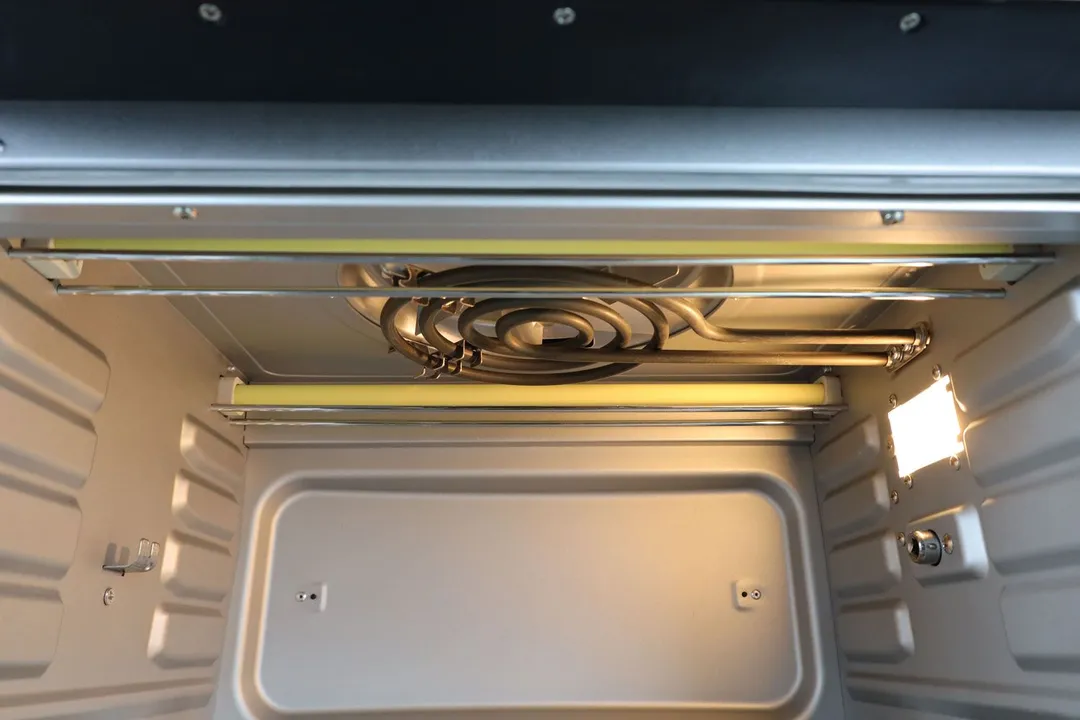
Nichrome (80% nickel and 20% chromium) here refers to a type of resistance wire heating element. It’s the more classic and common one out of the two.
On the other hand, the quartz heating elements don’t heat the air in the oven, but rather radiate the infrared heat directly to the food or pan. This factor minimizes energy loss, making them a more energy-sufficient choice. On a side note, a convection system can still help with the performance of the toaster ovens that use this type of heating element.
Most people prefer quartz elements because they respond and heat up quickly and also cool down quickly. With nichrome, the long time lag between the request for heat and actual delivery leads to temperature fluctuations that can cause inconsistent cooking results.
On another note, the quartz heating elements are more energy-efficient and easier to clean but not as durable. However, if grease splashes onto these quartz heating elements during cooking, it’ll leave permanent stains which stick out like sore thumbs.
Regarding the number of elements a good oven should have, the larger a toaster oven is, the more heating elements are necessary. The standard for a small toaster oven is two heating elements, medium is four, and large is four and more.
5. Accessories
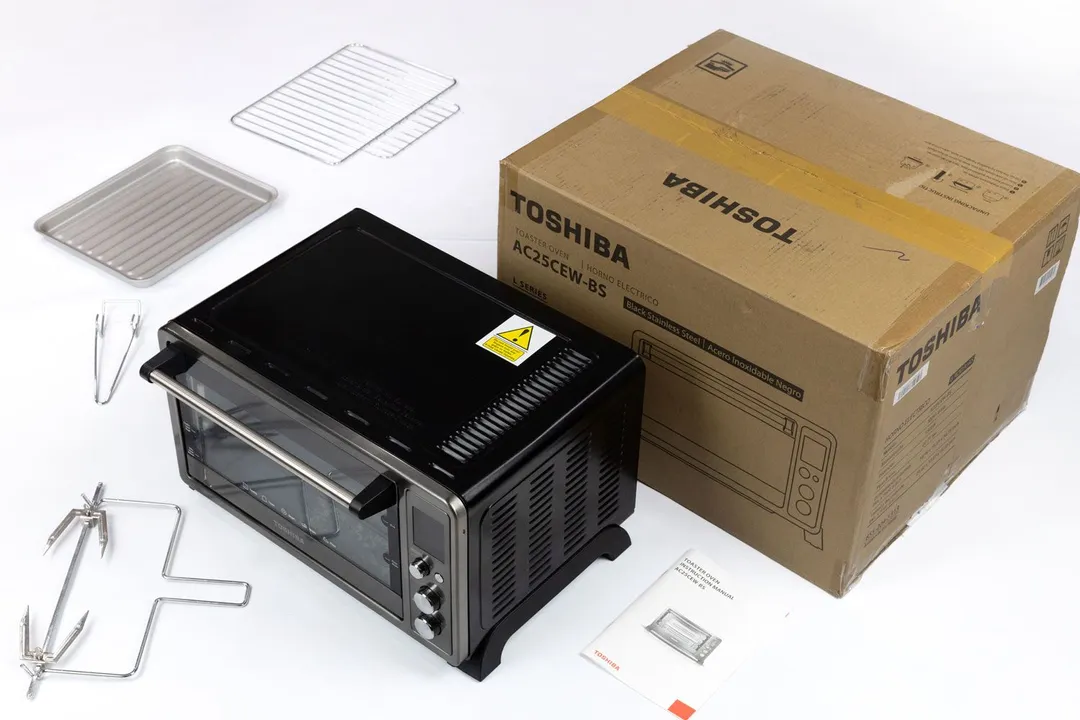
The majority of toaster oven models include an oven rack, baking pan, and removable crumb tray. Some models may further include a broiling rack, air fryer basket, rack clamp, and pizza pan.
Moreover, if you like a good chicken roast at home, make sure the toaster oven that you buy comes with a rotisserie kit. Both sides of the cooking chamber will have bearing points to suspend a rod or spit holding the chicken. And a motor drive mechanism will rotate the spit and the chicken.
The number of additional accessories may depend on how much you’re willing to spend. Some deluxe toaster ovens include multiple racks and extra baking pans.
It’s also worth keeping in mind that any removable parts will require regular cleaning. To simplify this process, look for a unit with easily-removable trays and racks.
6. Features of Convenience
The more features of convenience a toaster oven has — or the higher the usability is — the more expensive it likely is. In addition, it’s how useful they are that separates the best from the good toaster ovens.

These features can include personalized toggle switches for lighting and convection, a numerically specified timer and temperature dial, or a temperature conversion button. They can also be how easy it is to readjust settings, or how responsive or how clear the control panel is.
Something not exclusive to toaster ovens is how well heat is retained in the cooking chamber. If the exterior has good insulation, possiblly thanks to a thick stainless steel casing, it can prevent accidental burns and increase energy efficiency.
Some toaster ovens have a slide-out crumb tray instead of a removable crumb tray. It’s part of the oven’s construction and the oven may not operate when the tray isn’t in place.
In all honesty, these usability features are impossible to assess without actually using the product, which is where we come in with our reviews.
7. Price
All the aspects of a toaster oven we’ve established so far can act as our gauge if the price matches the value. To summarize, factors contributing to the price of a toaster oven that you can read up include its size, a convection system, the number and type of heating elements, the power rating, the number and type of heating elements, the number of accessories, and the number of usability features.
However, there are aspects that can only be evaluated with hands-on experiences like the overall quality of the build and the toaster oven’s performance in cooking. Even when considering the most inexpensive option, it’ll be a waste if the toaster oven can’t provide an adequate performance.
Usually, larger sizes allow for more room for investment. Small toaster ovens run somewhere between $40 and $200 while medium units can be anywhere from $100 to $250. Large units appear more frequently in the $250 - $450 range, with some exceeding $700. There are, of course, also over-the-top fancy models at the price of over $1000 to $4000.
A factor that usually gets overlooked is good after-sale service which you can usually get from trusted brands.
Are Toaster Ovens Safe?
It is natural for many of us to worry about possible harm when we use our ovens. The two most common concerns are related to the risks of fire and the effects of Teflon coating.
Risk of Fire
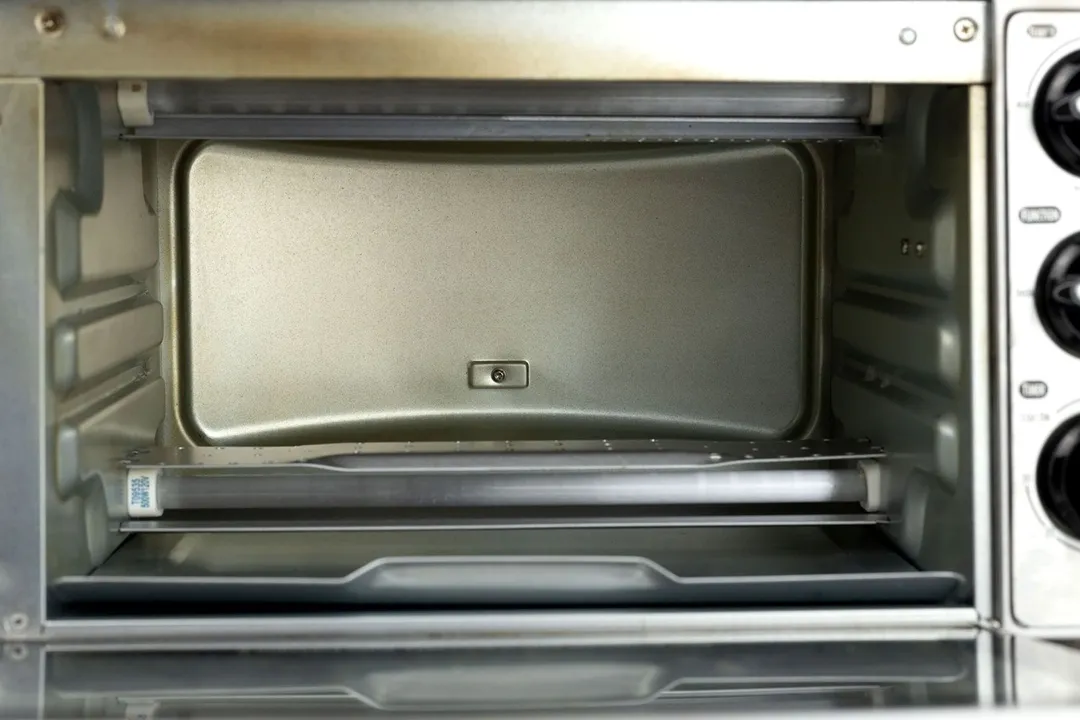
Toaster ovens work by using heating elements. If crumbs get clogged up at the bottom of the oven for too long and get hot enough where the heating elements are working, they can start a fire.
On most modern toaster ovens, however, the crumb tray is removable. Thus, as long as you detach the tray and clean it up after every use, the chance of your oven catching fire is minimal.
The same can be said if you let meat juices and caramelized bit accumulate on the heating elements. Luckily, most accessories are designed to fit the cooking chamber, so you just need to properly place them inside to avoid the mess.
Another thing to note when buying a toaster oven is that many less expensive models have minimal thermal insulation. So before powering it up, make sure there is ample clearance between the appliance and the surfaces around it, like the walls and countertop. In addition, you mustn’t cover any part of the oven with metal foil, or it’ll cause the oven to overheat.
Though it doesn’t pose a fire hazard, heat discoloration over time can be a concern. Anything vulnerable to heat, such as plastics, should not be placed on or near the unit.
Teflon Coating
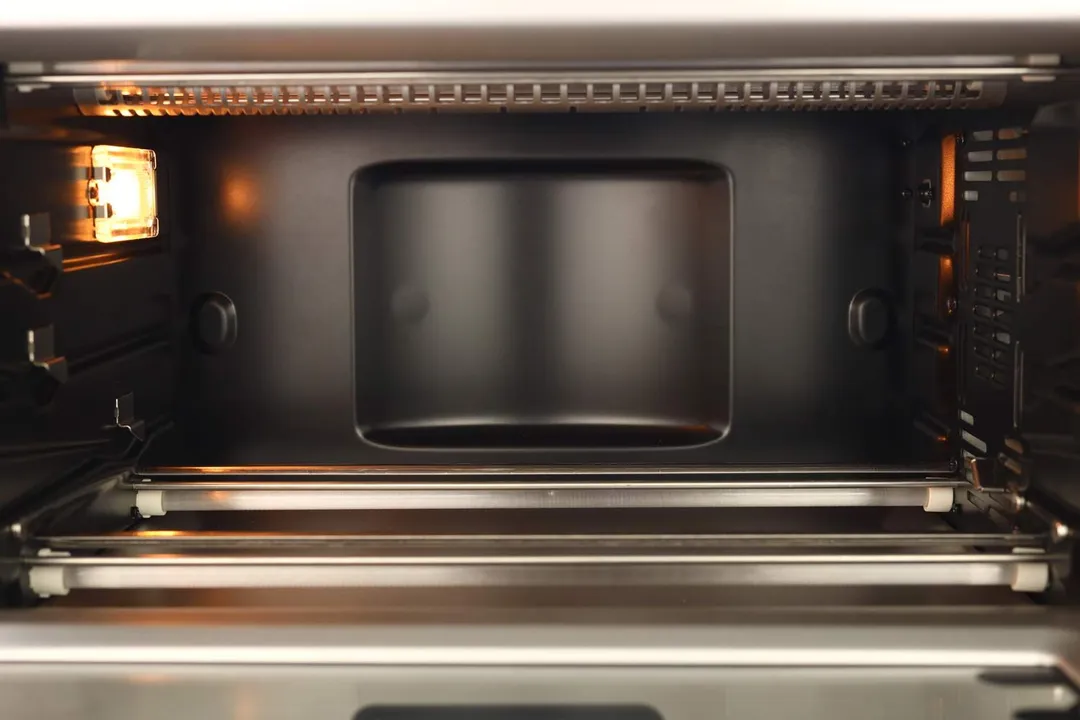
There are also concerns about a non-stick material used in coating toaster ovens called polytetrafluoroethylene (PTFE), also known as Teflon. However, since 2013, all Teflon products are free of PFOA—the chemical that gives it a bad reputation. Therefore, the possible effects of non-stick cookware are no longer a real concern.
What if the toaster oven you’re owning was produced before 2013? There’s a chance it’s coated with PFOA, and you can only know by checking with the manufacturer or retailer. If it does in fact contain this chemical, we highly recommend you stop using it.
About your tip
Alan Nguyen is a writer and product reviewer at HealthyKitchen101. His major in English language teaching taught him to present concise information. In addition to his cooking hobby, he values the practical aspects of household appliances.
Nguyen Ntk is a graphic designer, photographer, and videographer whose philosophy centers around respecting and celebrating the beauty of reality. Through his lenses, Nguyen strives to capture the true essence of objects and events, showcasing and highlighting authentic features without distortion or exaggeration.



